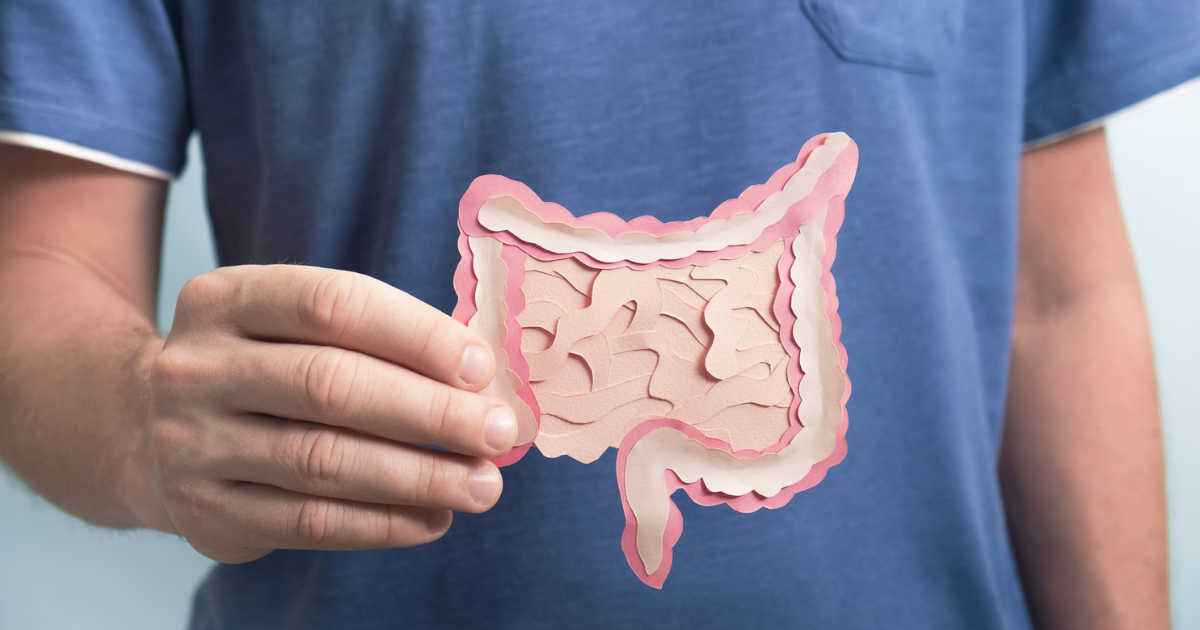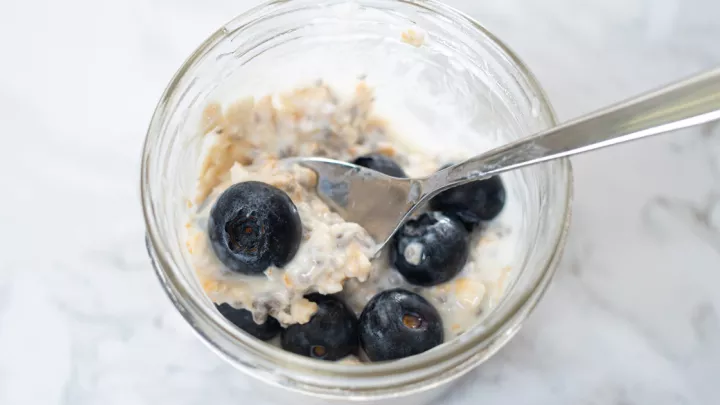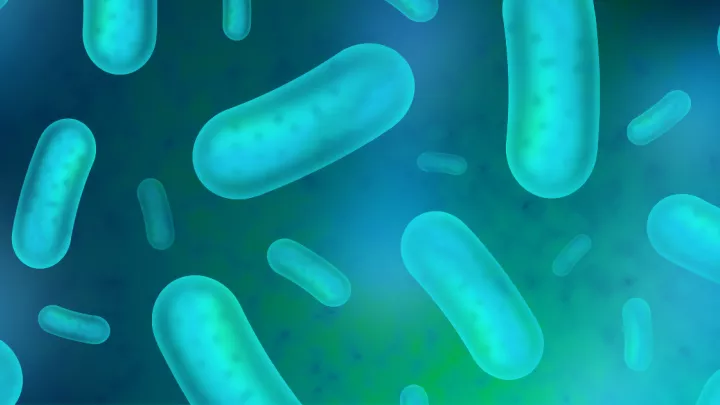What to know about at-home microbiome tests

Your gut microbiome is a collection of microbes that includes bacteria, yeast, fungi, viruses, organisms called archaea and bacteriophages. “It’s been in the last 20 to 25 years that we’ve better understood and appreciated that the microbiome’s interaction with the human host can have effects that influence disease development,” says gastroenterologist Peter Mannon, MD.
How your gut microbiome affects disease and other issues
One aspect of the gut microbiome that can affect health and disease is that it can influence the pattern of metabolism of foods you ingest. This microbiome is particularly vital for processing plant-based foods that contain things we can’t digest, including fiber, resistant starches and fructans.
“We prefer people to have a gut microbiome that has a fermentation pattern based more on carbohydrates than proteins,” says Dr. Mannon. “Because a dominant protein fermentation by the gut microbiome is associated with several conditions like kidney and liver failure.” Protein fermentation can also produce metabolites associated with the development of metabolic syndrome, including obesity, diabetes, hyperlipidemia, heart disease and atherosclerosis.
At-home microbiome tests
Like access to DNA sequencing regarding family ancestry, people are now becoming very interested in sequencing the gut bacteria in their colon. Companies do this gut sequencing focusing on how the microbiome is associated with disease and how you can manipulate it to treat and prevent disease and help maintain good health. Unfortunately, little evidence supports that these at-home tests provide any actionable information.
However, given this increased interest, several companies have sprouted up to meet the new consumer demand. Currently, over 30 companies offer direct-to-consumer gut microbiome tests, with 17 based in the U.S.
“As these are independent, private companies, each varies in their methods, analysis and interpretations,” says Dr. Mannon. Nobody knows a respective company’s methodology, compounded by the fact that neither the FDA nor NIH regulates these at-home microbiome tests.
Additionally, nobody really knows the definition of a healthy gut microbiome. “One of the biggest takeaways from a landmark study – called the Human Microbiome Project Part 1 – was that the composition of a ‘healthy’ microbiome differed from person to person,” says Dr. Mannon.
“The one thing that was fairly constant between subjects was the total number of genes that predicted the activity or presence of certain gene pathways for metabolism.” While at-home microbiome tests can tell you your bacterial composition, they likely won’t detail the gene pathways involved. “The sequencing for such results is much more expensive,” says Dr. Mannon.
Because there is no singular definition of a healthy gut microbiome, these at-home tests have no clinical utility. "There's nothing to act on," says Dr. Mannon. “Even if a test reveals a pathogen – for example, salmonella – the companies providing the test can't offer any medical guidance." Similarly, because of the absence of medical oversight, these tests can lead to people going on restrictive diets or even attempting at-home stool transplants, which can be harmful.
“It is great that people now have an increased awareness of a part of their body and health that they had no idea about before," says Dr. Mannon. "However, like any other topic, where there's a lack of, or gap in, information, there will be people taking advantage of it.”
According to Dr. Mannon, knowing the composition of one's gut microbiome has no clinical utility at this time.
Promoting a healthy gut microbiome
Instead of using an at-home gut microbiome test, there are several practices you can employ to promote better gut health. "The very best thing I believe you can do is to have a low- or no-sugar diet," says Dr. Mannon. “No form of sugar is helpful, whether agave syrup, unfiltered honey, etc.”
"Second, get as much fiber in your diet from as large a variety of foods as possible," says Dr. Mannon. You should strive to eat at least 25 grams of fiber daily. "I tell people to focus on eating as many seeds, nuts, root vegetables, whole grains and beans as possible," says Dr. Mannon. These food groups have more fiber per ounce than a lot of other fruits or vegetables. Likewise, they contain many plant-based compounds that contribute to good health.
“I also tell people to eat more plants than animals," says Dr. Mannon. "Or, at least, try to avoid or lower the amount of ultra-processed foods they eat." According to Dr. Mannon, food colorings, preservatives, stabilizers, emulsifiers and other additives can damage the gut and its barrier function.
When grocery shopping, a good rule of thumb is to stick to the store's perimeter as much as possible. That's where the fresh fruits and vegetables, whole grains, fresh meat/fish and unprocessed dairy products are.
Finally, Dr. Mannon said he doesn't prescribe probiotics. "Instead, I tell people to rely on foods containing prebiotics, such as resistant starches, fructans and fibers, which can help induce the outgrowth of beneficial probiotic organisms from your gut microbiome.”
Protecting your gut microbiome
As previously mentioned, there's no consensus on a healthy gut microbiome. "While improving the gut microbiome is important, potentially allowing medications to work better and help mitigate disease risk, it can't eliminate disease," says Dr. Mannon.
“The gut microbiome is something we need to understand, like the nervous system. It's something we need to treat and support for the benefit of overall health," says Dr. Mannon. As of yet, at-home microbiome tests aren't beneficial in assisting your gut microbiome health.







